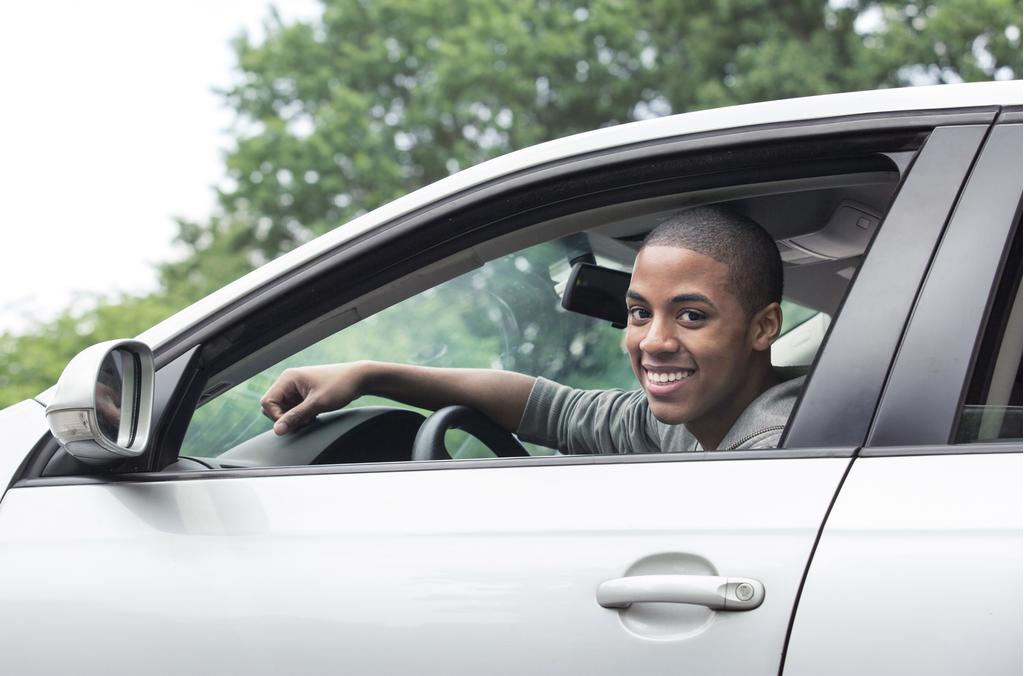
CARS.COM - Summertime and the livin' is ... dangerous for teen drivers.
Vehicle crashes are the leading cause of death for teens, and summer is the riskiest three-month period for teen driving deaths, averaging about 250 per month, according to the U.S. Centers for Disease Control and Prevention and the Insurance Institute for Highway Safety. Injury rates are about 100 times that; teens and young adults ages 15 to 24 are 14 percent of the population, but they account for more than twice that percentage of the costs for motor vehicle injuries.
Related: Your State Could Decrease Teen Driving Fatalities
Most at risk for fatalities, says the CDC: males (twice the rate of females), teens with other teens in the car, and teens in their first few months of having a license.
A study out today adds another one to that list: living in South Dakota. That's the worst state for teen drivers, based on a new study from financial advice company WalletHub.
The state scored the lowest in WalletHub's rating of best and worst states for teen drivers. The study ranks the states on safety data (from fatalities to miles driven and impaired driving violations), economic data (from traffic fines to insurance and repair costs) and driving laws (including strictness of graduated licensing and traffic laws).
Joining South Dakota in the bottom 10 are (from next worst) Wyoming, North Dakota, Montana, Nebraska, Missouri, Idaho, Wisconsin, Maine and Mississippi.
The best states, meanwhile, are led by New York. It is followed by Oregon, Illinois, Delaware,
Hawaii, Massachusetts, Washington, Louisiana, Rhode Island and California.
Find your state on the full list here.
Regardless of where you live, what can parents do to help protect their teen driver? The biggest single risk is inexperience, and the CDC recommends that parents provide at least 30 to 50 hours of supervised practice over at least six months, with a variety of roads, times and traffic.
Some state laws build this much supervision in with graduated licensing, some are more lenient, but all new drivers need it -- including older teens who get a late start and may not be covered by the graduated license age rules.
"Experience is the key, not necessarily the age," said Kathy Bernstein, senior manager for Teen Driving Initiatives at the National Safety Council, commenting for the rating. "Studies have shown that after the last recession, some teens, particularly those in urban areas, delayed getting a license until they were older - 18, 19 and, in some cases, their early twenties. They also found that despite the delay, the initial crash risk remained, although it did drop more quickly with age."
Among other CDC recommendations for parents to lessen known risks for teen drivers:
- Limit the number of teen passengers to zero or one for at least six months.
- Keep your teen off the road after 9 or 10 p.m. for at least the six months.
- Require seat belt use.
- Ban distractions, including phone calls, texting, eating, fiddling with the stereo.
- Don't let them drive when they are tired.
- Remind them to follow the speed limit, adjust speed for conditions and maintain distance for a sudden stop.
- Emphasize alcohol and drug risks. That first includes being a good role model: Never drink and drive.
No comments:
Post a Comment